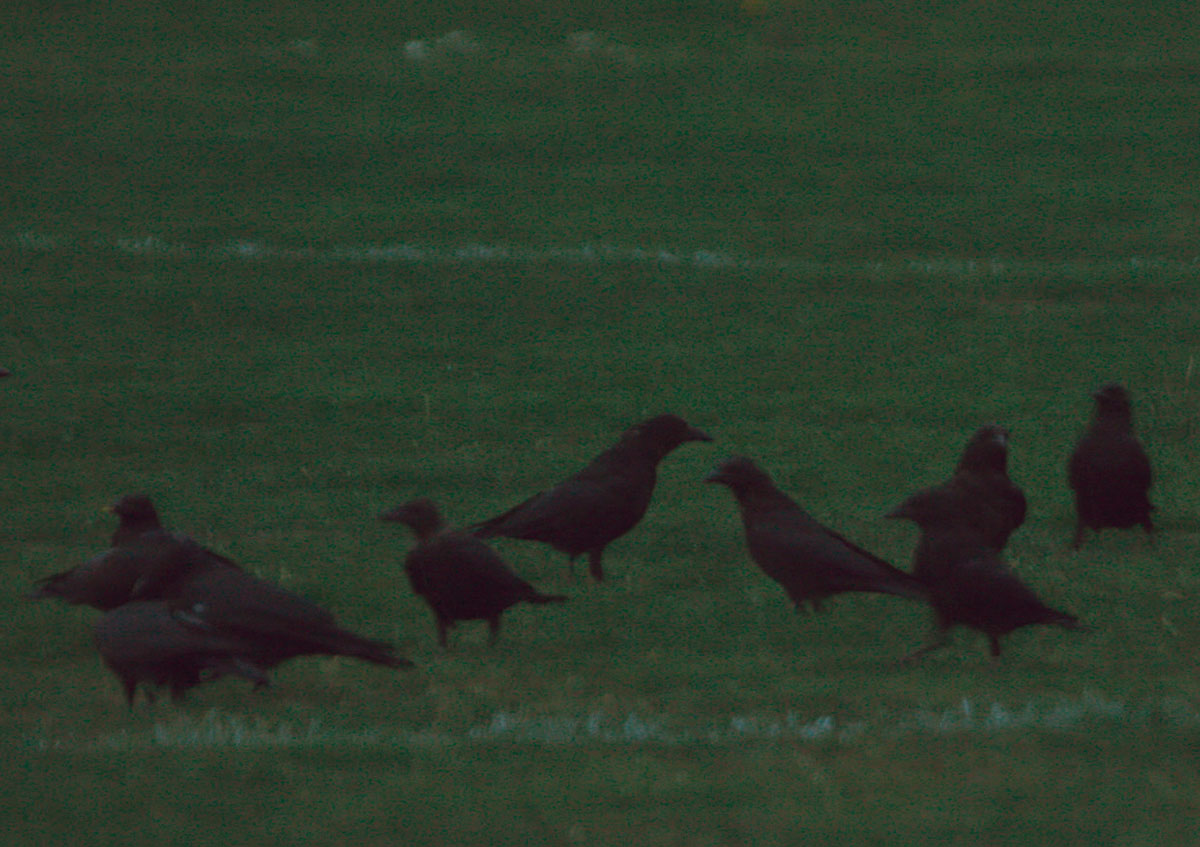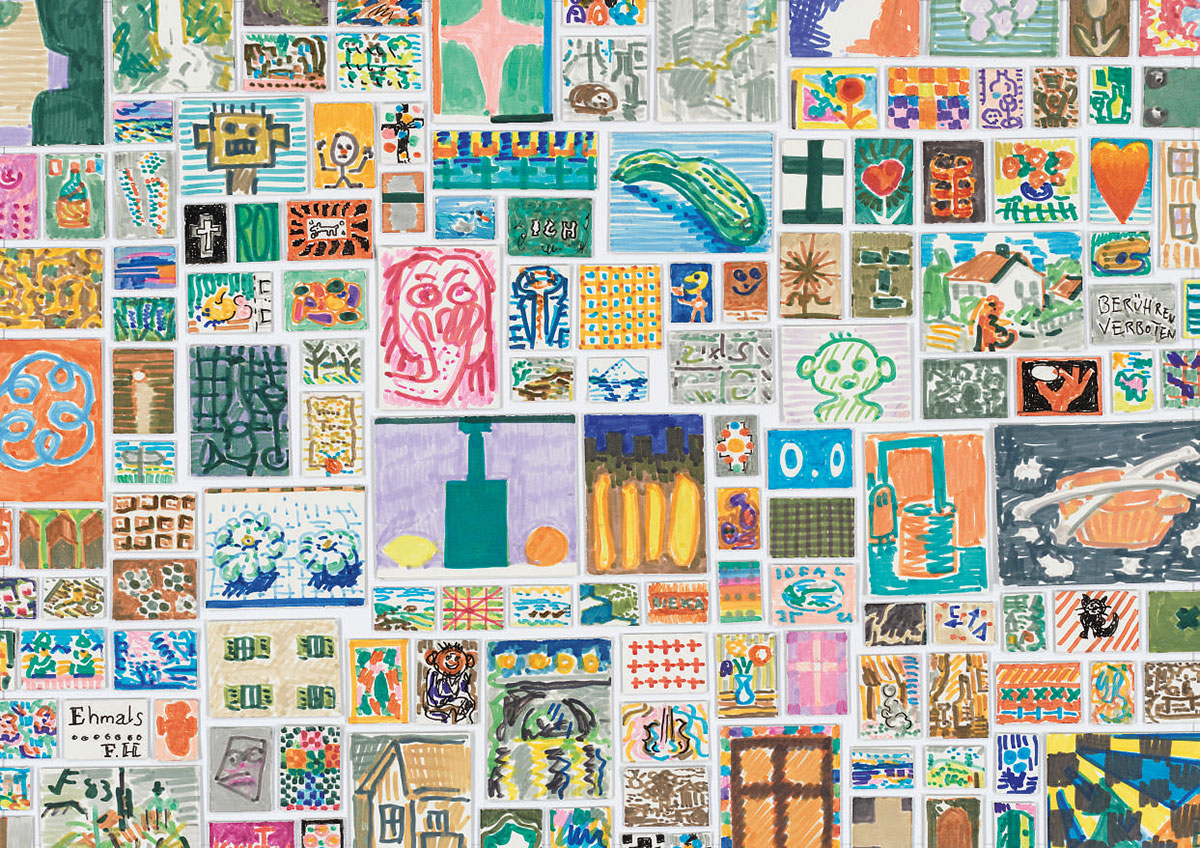ART CITIES: Vienna-3 New Exhibitions in Secession
 The Secession Building is an exhibition hall in Vienna, Austria. It was completed in 1898 by Joseph Maria Olbrich as an architectural manifesto for the Vienna Secession, a group of rebel artists that seceded from the long-established fine art institution. As an artist-run international institution exhibiting contemporary art, the Secession is an open venue for presentations of new creative ideas and engagements with the urgent concerns of our time.
The Secession Building is an exhibition hall in Vienna, Austria. It was completed in 1898 by Joseph Maria Olbrich as an architectural manifesto for the Vienna Secession, a group of rebel artists that seceded from the long-established fine art institution. As an artist-run international institution exhibiting contemporary art, the Secession is an open venue for presentations of new creative ideas and engagements with the urgent concerns of our time.
By Dimitris Lempesis
Photo: Secession Archive

Jean-Frédéric Schnyder, The Otolith Group and Patricia L. Boyd close the exhibition program of Secession for 2022. “Ceiling Analysis” is Patricia L. Boyd’s first institutional solo exhibition in Austria, consisting of newly commissioned work. The central piece is a large sculpture suspended from the ceiling of the Grafisches Kabinett, further lowering the already low ceiling of the gallery. The sculpture is the same length and width as the ceiling in Boyd’s psychoanalyst’s office in New York. “Ceiling Analysis” is born of an inquiry into the interdependency between what we refer to as “external” and “internal” (including all the various permutations of what those words can mean). It addresses the architecture of the gallery it hangs in, while also operating as a metaphor for the constitution of an interior mental space. Boyd’s exhibition is grounded in her experiences of the inclined, horizontal posture she assumes as an analysand hour upon hour, week upon week. What happens when we give up our upright, standing position, tied to a hierarchical thinking structure? Boyd’s practice encompasses sculpture, photography, writing, and video. It is often characterized by a display of the negative by way of inversions, elisions, and removals. In his exhibition at the Secession, the Swiss artist Jean-Frédéric Schnyder shows a cross-section of his painting from almost forty years (1983–2021). In his typical manner, the 102 paintings of various formats (all: oil on canvas) are hung evenly spaced and, increasing in size from front to back and then decreasing again, form a horizontal line. The ever-changing live image of the outdoor space, which the glass door on the front wall reveals, is part of the concept. Since the late 1960s, Schnyder has created a vast oeuvre of paintings, photographs, sculptures, objects, and installations. In his art practice he remains radically open, one result of which is a fully diverse body of work. However, looking at Schnyder’s painterly work since the beginning of the 1970s, one discovers a surprising consistency and breaks in equal measure. Schnyder orients his choice of themes and motifs on existing and common practices, plays them consistently and skillfully through – still life, nude, landscape, the three most common motifs in art history, for example – while the works remain stylistically highly heterogeneous. Instead of perpetuating the romanticized archetype of Swiss Alpine images, it rather represents images of humanly cultivated, self-made landscape – for example, when highways and roads are foregrounded. The artist works in his studio with figurative-abstract motifs and styles. For a series of flower paintings – another classic motif – he applies a pixel system that recalls an early digital aesthetic as well as color field painting of the beginning of the 20th century. The artist has often created sculptural objects from everyday objects and leftover materials. The work “Empire State Building” (1971), for example, consists of Lego bricks, chewing gum and a light source hidden inside. (Banana) boxes previously used as moving cartons are also recycled, especially the parts with standardised punched-out handles. The artist carefully sticks these together with brown paper tape to form new objects – the object “Durchbrochen” (2015) presented in the exhibition for example. The second object in the exhibition “Käfig” (2008), a hollow space formed from branches of a hazelnut tree – quasi represents a counter-object of the same sculptural motif here.
The Otolith Group’s work is research based and spans the moving image, audio, performance, installation, and curation. It incorporate film making and post-lens-based essayistic aesthetics that explore the temporal anomalies, anthropic inversions, and synthetic alienation of the posthuman, the inhuman, the non-human, and the complexity of the environmental conditions of life we all face. “What the Owl Knows” is an encounter between artists by way of a meeting between media. A digital study of a painter at work in a studio somewhere in London in the Summer of 2022. A study of decision, determination and deliberation by way of concentration, consideration and contemplation. Instead of providing an insight into the motives for the work of painting, “What the Owl Knows” attends to the quality of attention bestowed upon the paint by the painter. It invites viewers to pay attention to the ways in which video pays attention to the ways in which a painter pays attention to what she paints. The artists are Kodwo Eshun and Anjalika Sagar of The Otolith Group. The painter is Lynette Yiadom-Boakye. What the Owl Knows emerges from an enduring friendship. A mutual admiration between three Londoners that provides a precondition for affirming an affiliation between immanence, intensity and introspection. What emerges from the patience, presence and persistence of What the Owl Knows is an oblique study of London at high resolution. A London in crisis apprehended through an indefinite gaze at a painter whose attentiveness brings the language of painting to a critical point of contemporary salience. The Otolith Group was founded by Anjalika Sagar and Kodwo Eshun in 2002. The post-cinematic practice of Eshun and Sagar is informed by an aesthetics of the essayistic that takes the form of a science fiction of the present in which moving images, sonic speculations, performances, publications and installations explore the interscalar catastrophes that constitute the Racial Capitalocene. The Otolith Group has recently exhibited at Irish Museum of Modern Art, Dublin,
Photo: The Otolith Group, What the Owl Knows, 2022
Info: Curators: Jeanette Pacher (Jean-Frédéric Schnyder), Bettina Spörr (The Otolith Group), Annette Südbeck (Patricia L. Boyd), Secession, Friedrichstraße 12, Vienna, Austria, Duration: 19/11/2022-5/2/2023, Days & Hours: Tue-Sun 10:00-18:00, www.secession.at/

